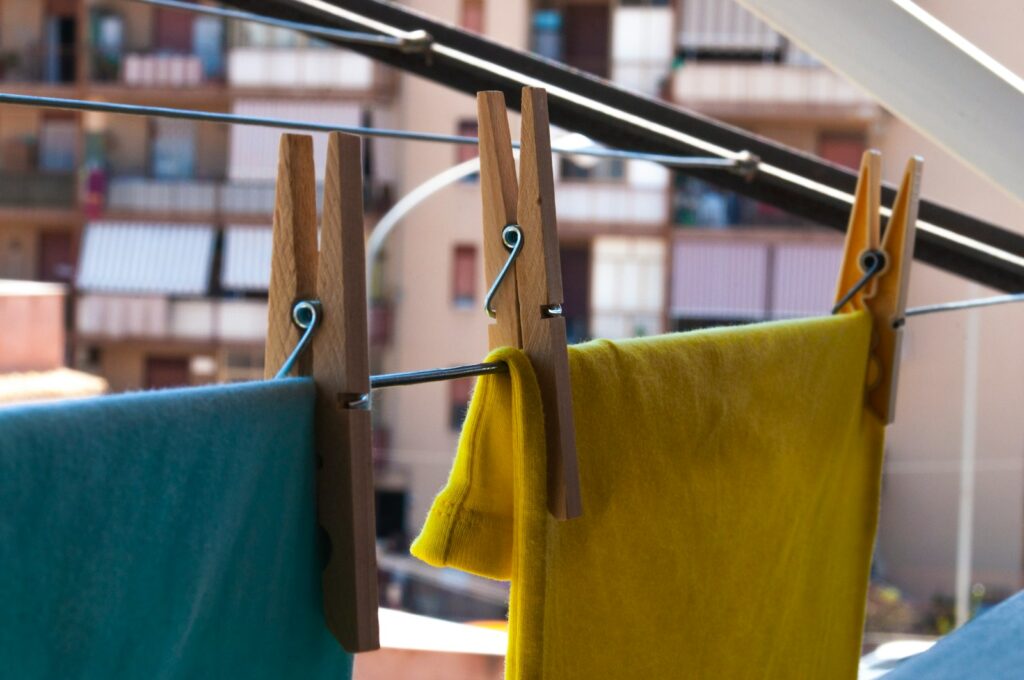
How quickly things change in our homes! What was once cutting-edge or absolutely essential can, in just a few decades, feel utterly ancient. Think about it: our living spaces are constantly evolving, adapting to new technologies, shifting lifestyles, and even changing social norms.
We’re talking about those quirky, sometimes ‘clunky,’ but undeniably charming features that were once standard in almost every home. They weren’t just architectural details; they were reflections of daily life, necessities that made sense for their time. But as society moved forward, many of these treasures slowly faded from our blueprints and our collective memory.
Prepare for a seriously fun trip down memory lane! We’re diving deep into some of these fantastic, forgotten home features that, while perhaps a bit ‘clunky’ by today’s slick standards, absolutely dominated their eras. And who knows? Maybe you’ll find yourself wishing some of them would make a glorious comeback as the ultimate in modern luxury!
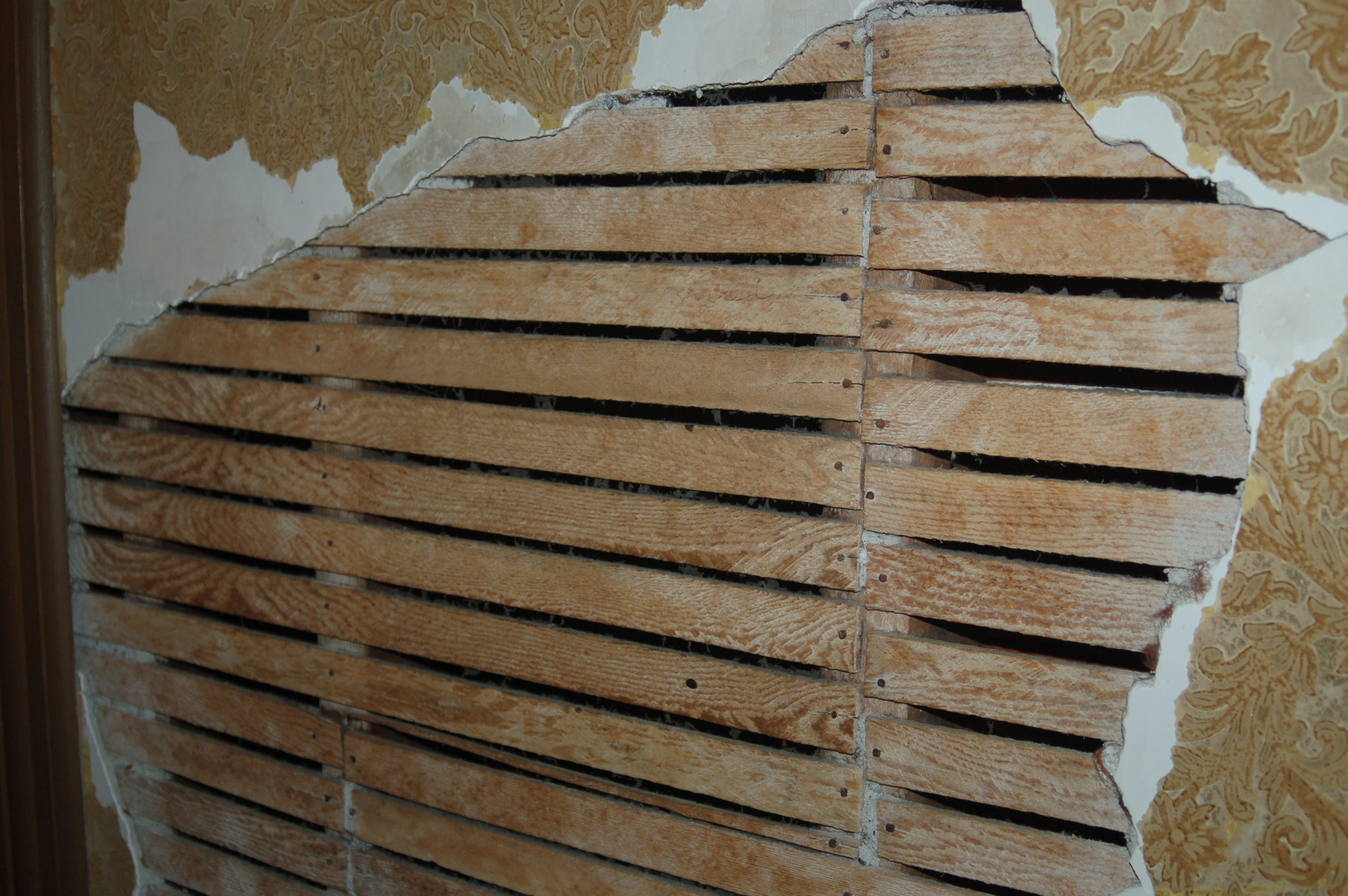
1. **Lath and Plaster**
Before the ubiquity of drywall, there was lath and plaster, the tried-and-true method for finishing walls and ceilings. This technique, used from the early 18th century right up until the mid-20th century, involved attaching thin strips of wood (laths) to wall studs or ceiling joists, then applying multiple layers of plaster over them. It was a true art form, requiring considerable skill and patience.
What’s cool about lath and plaster isn’t just its vintage appeal; it offered some serious practical benefits. Home design expert Natasha Brinsmead from Home Building explains that “lath and plaster provided far better insulation and soundproofing than drywall construction later on.” Imagine walls that naturally kept your home quieter and more comfortable without needing extra layers of material! It was a silent hero in home comfort.
So, why did we ever abandon such a seemingly superior system? Well, like many good things, lath and plaster was a labor-intensive process. Building a house with it meant a longer, more costly construction period. When modern methods for plastering walls and sheet plasterboard (drywall) emerged, they offered a quicker, cheaper alternative that builders quickly adopted.
Beyond the labor, lath and plaster also had its downsides. It tended to crack and deteriorate over time, especially with house settling or impacts, making them “less durable in modern homes.” While the craftsmanship was undeniable, the upkeep and initial effort ultimately led to its replacement. Still, for those who appreciate old-world charm, the solidity and sound-dampening qualities of lath and plaster are sorely missed.
Read more about: 12 On-Set Pranks Where the Stars Weren’t Acting: Their Reactions Were Pure Gold!

2. **Coal Chutes**
Picture this: a time when your home’s warmth depended on a regular delivery of black gold. That’s where coal chutes came in! These vertical openings were a common feature in homes where coal was the primary fuel for heating. They were essentially a direct line for getting coal from outside your house straight into your basement or coal bin, right next to the furnace.
It was an incredibly pragmatic system for its era, streamlining the process of fuel delivery and storage. No more hauling heavy bags of coal through the front door! The coal chute ensured that the furnace could be kept running efficiently, providing consistent heat during those chilly months. It was a simple solution to a very real problem of home heating.
However, like all good things, their time eventually came to an end. As heating systems evolved, coal gradually fell out of favor. Natural gas, with its cleaner burn and easier delivery via pipelines, became a preferred alternative, followed later by oil. This shift in fuel sources meant the ingenious coal chute became less and less necessary.
Today, coal chutes are “mostly obsolete, as homes have been designed with more modern heating solutions, such as forced air systems.” You won’t find them in new builds, but many old houses still retain them. For history buffs and restorers, these sturdy relics serve as fascinating reminders of a bygone heating era, adding a unique historical touch to their property.
Read more about: 14 Jaw-Dropping ’80s Moments That Felt Like Blockbuster Movie Plots – And Are Still Shaping Our Reality Today!

3. **Dumbwaiters**
Forget stair-climbing for laundry or dinner — a century ago, the dumbwaiter was your trusty assistant! These ingenious small freight elevators, designed specifically to carry food or goods between floors, were once a staple in multi-story homes. We’re talking 19th and early 20th-century convenience at its finest, a true marvel of early home engineering.
Their utility was widespread. “They were used to transport meals from kitchens to dining rooms or carry laundry from bedrooms.” Imagine the sheer convenience of sending a basket of clean clothes up to the second floor or a piping hot meal down to the dining room, all with a simple pulley system or crank. It saved countless trips up and down stairs, especially in larger residences.
So, what happened to these amazing mini-elevators? Several factors conspired against them. The arrival of modern, full-sized elevators in larger buildings and more sophisticated ways of carrying goods simply outpaced their simple design. Crucially, “the dwindling numbers of domestic servants” also played a significant role, as fewer households relied on staff who would use these systems extensively.
Today, dumbwaiters are “seldom, if ever, installed except in old historic houses or buildings in restoration.” What was once a practical, albeit slightly clunky, tool for daily household management has now become a quirky, almost luxurious, architectural treat. As the context aptly notes, they’ve gone “from practical tool to whimsical detail,” sparking a sense of nostalgia for an era of elegant, multi-story living.
Read more about: Hollywood’s Hidden Gems & Forgotten Fortunes: 14 Celebrity Homes Frozen in Time or Lost to History

4. **Milk Doors**
Before the age of mega-fridges and grocery store runs, there was the milk door – a tiny, understated genius of home design. These small, often inconspicuous exterior doors were a common sight in houses built in the early 1900s, especially in areas where milk delivery services were a regular part of daily life.
The concept was brilliantly simple: “Milk doors…allowed milk deliveries to be placed inside the home.” This meant the milkman could drop off fresh bottles without needing to access the main house, ensuring your dairy stayed cool and safe from pests or theft. It was the ultimate early 20th-century contactless delivery system, prioritizing freshness and security.
However, progress, as it often does, rendered these charming little portals obsolete. As refrigeration technology became widespread and affordable for the average household, storing milk for longer periods became easy. Simultaneously, more and more people began purchasing their milk directly from supermarkets, reducing the demand for home delivery services.
With milk delivery becoming less frequent, “these doors were no longer needed.” Today, you’d be hard-pressed to find a new home with a dedicated milk door. They stand as silent architectural whispers of a time when daily necessities were delivered right to your doorstep, a quaint reminder of how much our daily routines, and our homes, have transformed.
Read more about: Beyond the Booth: Unpacking 13 Legendary Music Feuds That Rocked the Industry

5. **Witch Windows**
Ever heard of a window designed specifically for a coffin? Enter the intriguing, slightly spooky, “witch window”! Also sometimes called “coffin windows,” these steeply angled windows are primarily found in attics or basements of older homes. They are truly a unique architectural quirk that begs for a story.
Originating during colonial times, particularly in New England, these windows weren’t just for aesthetics. The design had a very specific, if somewhat morbid, purpose: “to make removing a coffin from the home easier without turning it around or disturbing the body since the doors were generally too narrow.” Imagine trying to navigate a coffin through a tight, traditional doorway – the witch window offered a practical, albeit somber, solution.
Thankfully, the practical need for such windows waned over time. “Over time, however, the superstition associated with the practice faded, and these windows became less common.” As home construction evolved with wider doorways and different customs around death and funerals, the specific utility of the witch window diminished, leading to its gradual disappearance from new builds.
Today, witch windows are “mainly found in older homes, especially in rural or historic areas, as a visual reminder of the past.” They are a fascinating glimpse into the pragmatic, and sometimes superstitious, architectural adaptations of early American homes. Spotting one is like uncovering a hidden piece of history, sparking curiosity about the lives and beliefs of those who once lived within those walls.
Read more about: Tech Shame? 14 Car Features That Instantly Reveal Your Ride’s Age – What’s the Least Smart?

6. **Ice Boxes**
Before the rhythmic hum of your modern refrigerator, there was the ice box – an essential piece of kitchen technology for preserving food. These ingenious contraptions were the gold standard for cold storage “before the widespread use of refrigerators,” ensuring that perishables stayed fresh in a world without electricity-powered cooling.
An ice box was typically a wooden cabinet, often quite handsome, that was “lined with metal and insulated with sawdust or straw to preserve ice.” The key component, of course, was a large block of ice, which had to be delivered regularly to households by the “ice man.” This system kept food cool for a limited time, a vital service in every home.
The mid-20th century, however, brought a monumental shift: the invention of refrigeration technology. This breakthrough “made ice boxes obsolete” almost overnight. Electric refrigerators were a game-changer, offering a more efficient, convenient, and consistent way to store food for extended periods without the need for constant ice deliveries.
While no longer a necessity, antique ice boxes haven’t entirely disappeared. “Although seldom used, antique ice boxes remain popular among collectors and can be found in many restored historic homes.” They’ve transitioned beautifully from utilitarian appliance to prized vintage decor, standing as a charming symbol of ingenuity and a tangible link to how we once kept our food cool. They truly exemplify a ‘clunky’ feature that found a new, elegant lease on life.
Read more about: Remember the ’90s? These 6 Off-Road Trucks Were the Absolute Rulers of Mud and the Wilderness!
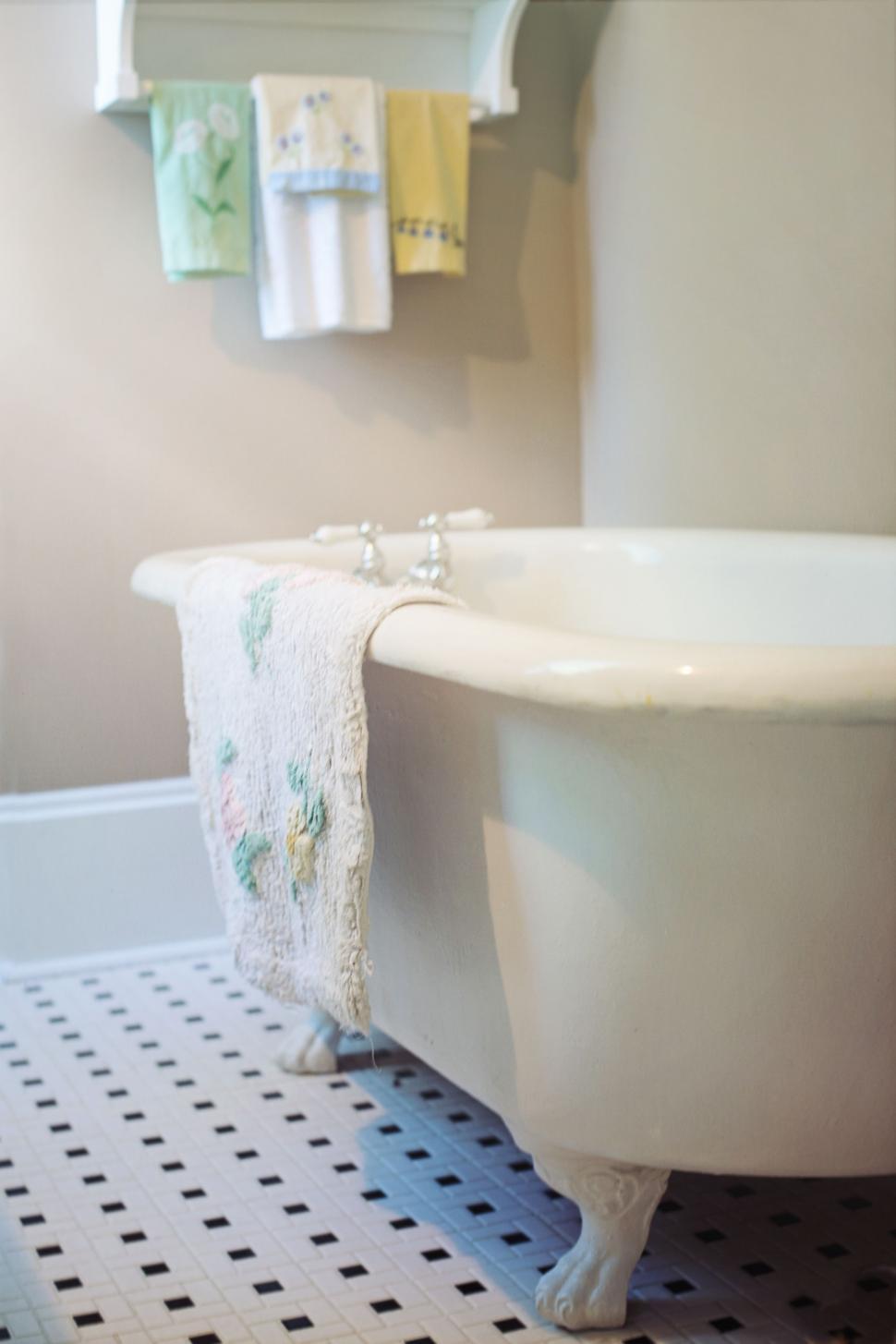
7. **Claw Foot Tubs**
Ah, the clawfoot tub! Before streamlined built-ins and minimalist shower stalls, these beauties were *the* ultimate symbol of bathroom luxury and decadence in the late 19th and early 20th centuries. Just picture it: a grand, free-standing tub, often with those iconic, elegantly sculpted feet shaped like animal claws, bringing an immediate touch of sophistication to any bathroom space. It wasn’t just a place to get clean; it was a statement piece, a haven for relaxation and style.
But as home design marched forward, so did plumbing and manufacturing. Modern homes started embracing more utilitarian bathroom fixtures, and the sleek, built-in tub became the new standard. Mass production made these simpler, more integrated designs far more accessible and cost-effective for the average builder and homeowner. The ornate charm of the clawfoot tub, though undeniably gorgeous, began to be seen as a relic of a bygone era, slowly falling out of mainstream favor.
Yet, you can’t keep a good classic down! Even though these tubs fell out of regular use, they’ve experienced a glorious renaissance. Today, if you’re lucky enough to have a clawfoot tub, you’re holding onto a classic piece that countless people now seek out for its undeniable vintage charm. They are absolutely cherished in historic home renovations, where they add character and a delightful touch of elegance that modern tubs often simply can’t replicate.
Sure, “Clawfoot tubs sit low to the ground, which can make cleaning underneath a bit tricky,” as the context points out. But honestly, for many, that small inconvenience is a tiny price to pay for the sheer, timeless style these tubs bring. They’re not just fixtures; they’re conversation starters, transporting you back to an era of leisurely baths and grand design. Talk about a ‘clunky’ feature that has truly transcended its functional origins to become a coveted design element!
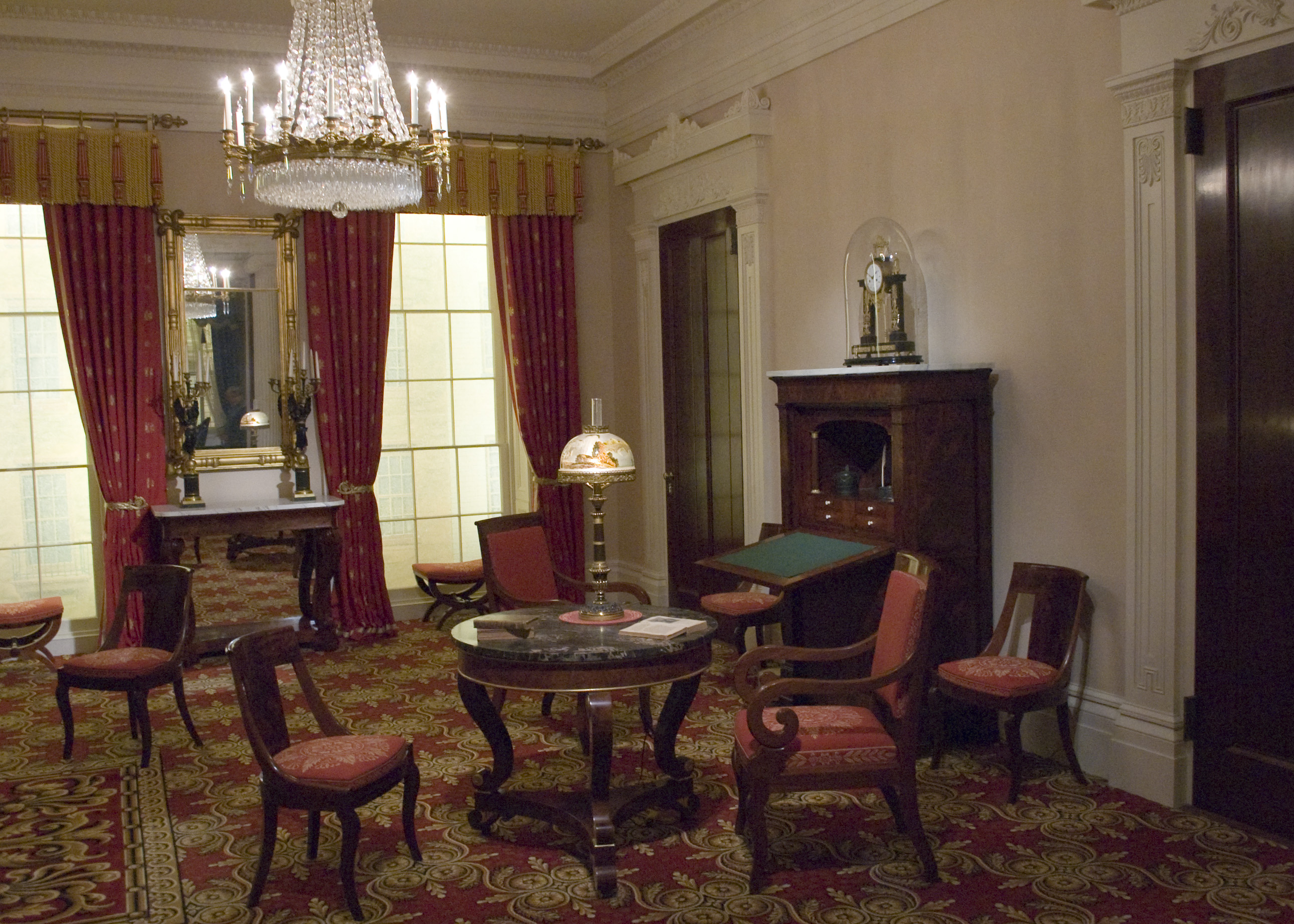
8. **Parlor Rooms**
Step right up and imagine a time when your home had a room specifically dedicated to *showing off*. That, my friends, was the glorious parlor room! This classic term referred to a formal living room, “historically sitting rooms featuring fine furniture towards the front of the home,” as Audrey Scheck, principal designer and founder of Audrey Scheck Designs, perfectly explains. These weren’t just any old sitting rooms; they were meticulously arranged spaces used to receive guests, host social events, and proudly display family heirlooms.
Think about it: before open-concept layouts became king, a parlor was a crucial social space, distinct from the more casual family areas. It was where you made your first impression, where serious conversations happened, and where you’d entertain with a certain level of formality. The very idea of a room solely for receiving guests feels almost luxurious in today’s multi-functional living spaces, doesn’t it?
However, as lifestyles evolved and homes became more informal, the concept of a dedicated parlor room began its slow decline. Modern homes, with their emphasis on open floor plans and flexible spaces, effectively “abandoned the formalism” of the parlor. What might have once been a pristine, formal parlor has, in many contemporary layouts, been absorbed into the family room, or even repurposed as a home office or a vibrant playroom.
While the traditional parlor may have largely vanished, its spirit of creating a distinct, elegant space for gathering is, surprisingly, seeing a subtle resurgence. Much like how ‘true dining rooms’ are making a comeback as a special, intentional space for meals, the idea of a room with a specific, perhaps even formal, purpose holds a certain appeal. It’s a wonderful, ‘clunky’ reminder of an era when home design celebrated ceremony and social grace, proving that sometimes, a little formality can be fabulously fresh.
Read more about: Honestly, What Happened? 15 Once-Beloved American Foods That Vanished from Our Tables
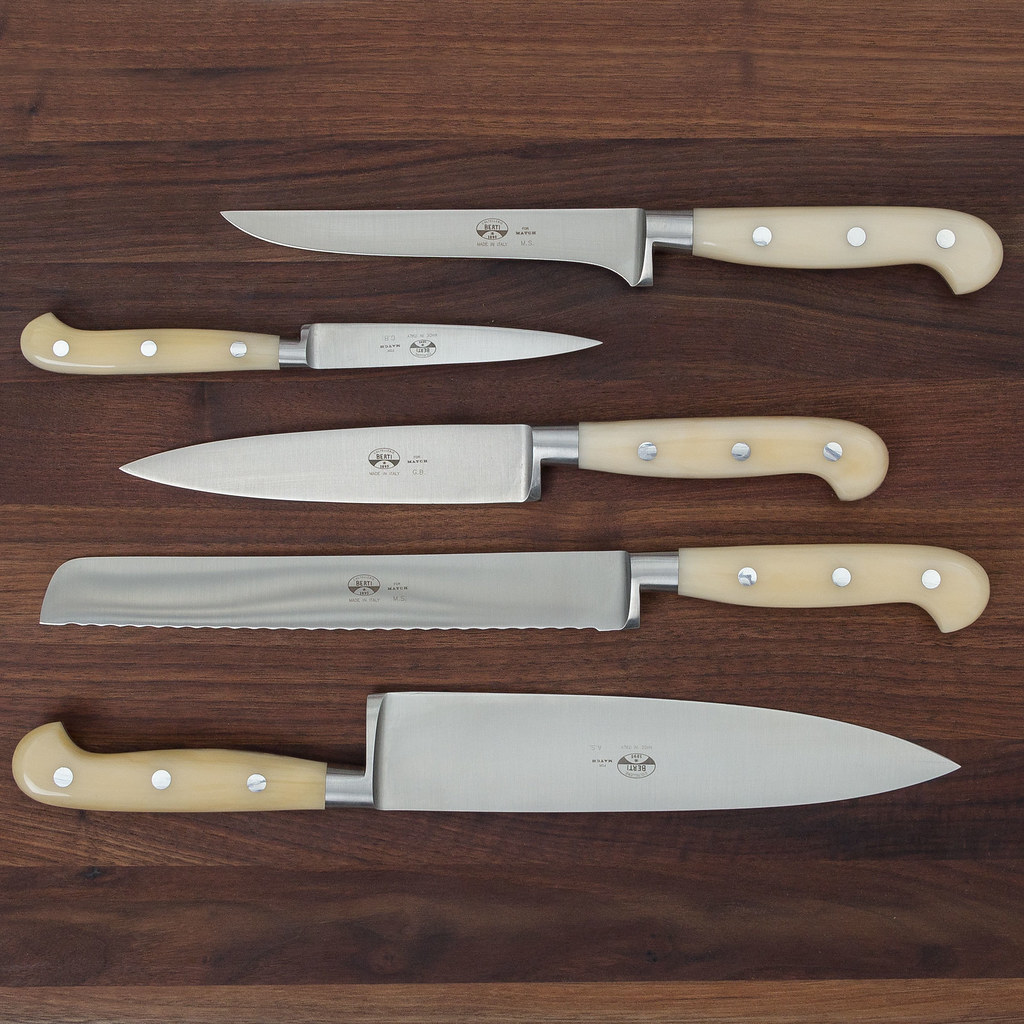
9. **Blade Bank Slots**
Okay, prepare for a blast from the past that might make you scratch your head if you’re under a certain age: blade bank slots! These little wonders were small, narrow openings typically installed in kitchens, specifically for disposing of used razor blades. Yes, you read that right – a dedicated slot for your old blades! They were a common, albeit inconspicuous, feature in older homes, especially those built from the early to mid-20th century.
Why on earth did homes need these? Well, back in the day, razor blades were made entirely of metal and could be pretty sharp even when dull. You couldn’t just toss them into the regular trash where someone might accidentally cut themselves. So, these blade bank slots provided a safe, discreet, and *ingenious* way to get rid of those used blades, keeping households tidy and injury-free. It was a simple solution to a very practical, if slightly alarming, problem.
Of course, like many brilliant but specific inventions, their time eventually passed. “Since their development, these slots and safer razors with throwaway heads have become obsolete.” The rise of disposable razors with encapsulated blades, electric shavers, and much more sophisticated waste disposal systems made these clever little slots entirely redundant. No need for a slot when your blade is safely tucked away in a plastic cartridge, right?
Today, the blade bank slot is largely a forgotten quirk of home design, though some older homes still bear these mysterious little openings. It’s wild to think that this was once a standard! This ‘clunky’ feature is a fantastic reminder of how even the smallest details of our daily routines – like disposing of a razor blade – have been completely transformed by innovation. It’s a literal slice of history hidden in plain sight, proving that even the most mundane household tasks have their own fascinating evolutionary tales.
Read more about: Unlock Your Home’s Potential: 14 Affordable DIY Staging Secrets to Captivate Buyers and Speed Up Your Sale

10. **Sleeping Porches**
Imagine a time before the glorious invention of air conditioning became widespread. Hot summer nights were a *real* problem. Enter the heroic sleeping porch! These were common features in homes, particularly in warmer climates, during the early 20th century. These weren’t just any old porches; they were specifically “screened-in to provide a calm, mosquito-free area for people to sleep during the hot summer.” Talk about ingenious comfort!
Can you picture the scene? Instead of sweating through the night indoors, families would literally drag mattresses out onto these breezy, protected spaces. It wasn’t just a luxury; it was an “effective way to stay comfortable without expensive cooling systems.” It was a blend of practicality and pure summer bliss, offering a refreshing escape from stuffy bedrooms. Some houses even went all out and had multiple porches dedicated to this exact purpose!
Alas, the reign of the sleeping porch was destined to fade. Once air conditioning became more affordable and common, the need for these specialized outdoor bedrooms simply evaporated. Builders, always looking to optimize space and cost, “saw no reason to waste square footage on a seasonal space” that AC could now render unnecessary. Why build a whole porch when a flick of a switch can cool your entire house?
Today, you’d be hard-pressed to find a new home with a dedicated sleeping porch. However, some older homes still proudly boast this feature as part of their original design. And honestly, when you stumble across one, “it feels romantic and rare.” What was once a practical necessity is now an old-fashioned feature that, in its unique charm, “screams luxury retreat.” It’s a ‘clunky’ yet utterly delightful reminder of how creative we can get when Mother Nature decides to turn up the heat!
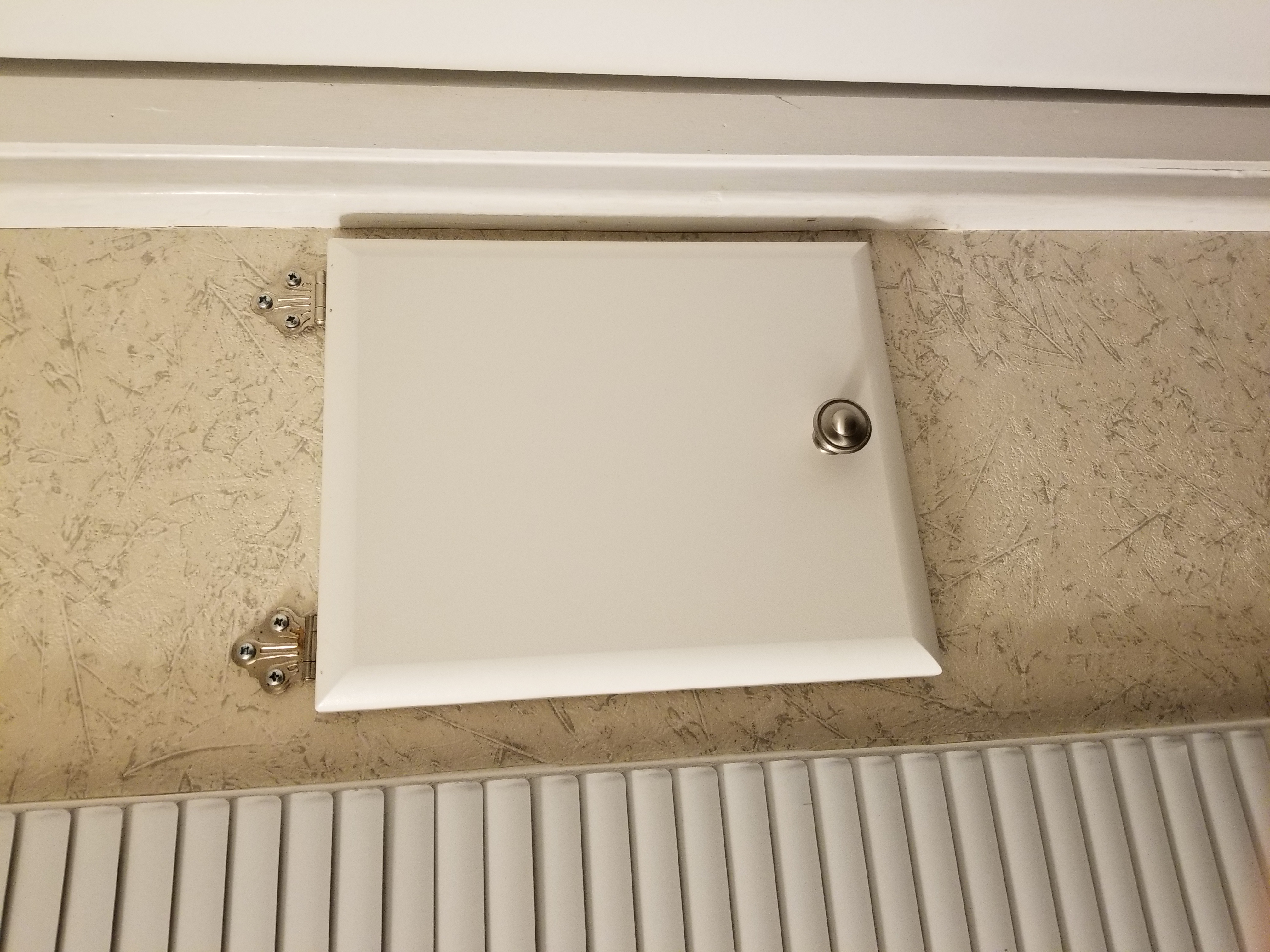
11. **Laundry Chutes**
Seriously, how many steps could these little marvels save you in a day? Laundry chutes were once a common practicality in many homes built before the 1950s. These vertical openings were a simple, brilliant solution that allowed dirty laundry to be dropped directly from upper floors to a bin or laundry room below. Imagine the sheer convenience – no more lugging heavy baskets down multiple flights of stairs! For busy families, especially in bigger homes, it made managing household laundry *so* much easier.
It truly was a testament to clever, everyday engineering. A small door in a hallway or bathroom, and *whoosh!* – your grimy clothes were magically whisked away to their designated washing zone. This wasn’t some niche luxury; it was a widely adopted feature designed to streamline a never-ending chore. For a busy household, that saved time and effort was invaluable, transforming a mundane task into a quick, almost satisfying, drop-and-go.
But, as homes became more compact and technology continued to advance, the humble laundry chute slowly began to disappear. Modern laundry setups increasingly moved to main floors or even into bedrooms, reducing the need for a vertical transport system. Plus, concerns about safety and building codes also played a role in making them less common over time. In new houses, laundry is generally carried up and down stairs in baskets, making the chute seem like an unnecessary architectural flourish.
Today, if you’re lucky enough to find a functioning laundry chute in an older home, it feels like a quirky luxury. It’s one of those ‘why don’t we still do this?’ features that sparks instant nostalgia and appreciation. What was once a utilitarian staple is now a charming, even enviable, nod to a past era of home efficiency. It perfectly exemplifies a ‘clunky’ feature that we often find ourselves wishing would make a glorious, modern-day comeback!
From the elegant clawfoot tubs that graced grand bathrooms to the discreet blade bank slots ensuring safety, and the breezy sleeping porches that offered a summer haven, these ‘clunky’ features paint a vivid picture of home life through the decades. They remind us that what’s ‘modern’ is always shifting, and sometimes, the best ideas from the past still hold a surprising amount of charm and even practical genius. Whether preserved as charming relics or reimagined for contemporary living, these forgotten treasures prove that our homes are constantly telling stories of human ingenuity and adaptation. So next time you’re in an older home, keep an eye out for these fantastic relics – they’re not just old features, they’re living history, proving that sometimes, being a little ‘clunky’ is actually pretty cool and endlessly fascinating!



